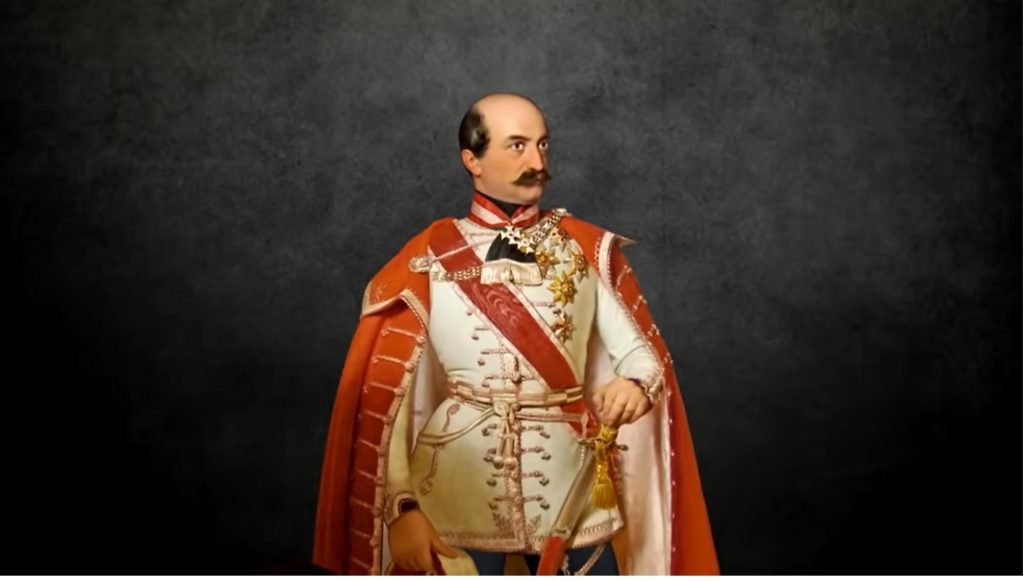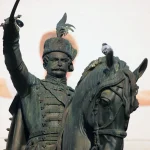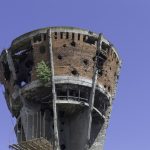Back during the times of the Austro-Hungarian Monarchy, the title of ”Ban” was a noble title appointed by the monarch, and that person served as viceroy to the Croatian territory. Out of many people to earn the privilege, perhaps nobody is more known and loved by the Croats than Josip Jelačić.
This is particularly great for Zaprešić, a lovely town located (give or take) about 20 kilometres from Zagreb. The official day of Zapruđe is the same as Jelačić’s birthday; October 16. In honour of both Zaprešić and the historic personality of Jelačić (who is buried in the town), Zapruđe is the host of Jelačić’s Days.
”The central programme of this manifestation is the interactive play called ”A Moment of Memory with Ban”. The unique journey begins with the fun thematic Jelačić train that returns all visitors from the Zagreb Railway Station back to 1849 to the ranch of Ban Josip Jelačić,” reads the Zaprešić Tourist Board website.
”The goal of Jelačić’s Days manifestation is to tell the story of Ban Jelačić as one of the most important persons from Croatian history and revive the historical space of the New Jelačić Palace. With a rich cultural-educational-entertaining programme, we wish to attract as many tourists as possible to come and get better acquainted with Zaprešić,” the Zaprešić Tourist Board site added.
The aforementioned New Jelačić Palace has been rated by the Zaprešić Tourist Board as a unique monument of cultural and historical heritage.
”Back in 1855, Ban Jelačić built the neo-Gothic chapel of St Joseph on a meadow next to the Palac, when, back in September of 1855, his nine-month-old daughter Ana suddenly died in Bohemia, her body was laid to rest in a vault inside the chapel. Later, the remains of Ban Jelačić (16th May 1859) and his brother Antun (1875) were buried inside the same chapel. When in 1991 works began on the restoration of the chapel, the remains were temporarily moved to Zagreb’s famous Mirogoj, and in 1992 they were finally laid to rest in the renewed family vault,” explains the Zaprešić Tourist Board.
This attractive tourist destination is relatively new, and TCN wrote about it in 2018.
After the aforementioned play detailing Jelačić’s life, the rich programme will present an abundance of handicrafts, antiques, workshops, and agricultural products from local manufacturers.
Ban Jelačić (born on October 16 1801 in Petrovaradin, today’s Novi Sad in Serbia) was most noted for suppressing the national revolution of the Hungarians in 1848 which wasn’t problematic only for the Austrian crown, but for Croatian national interests too, as the Hungarians and Croats didn’t really have mutual interests (quite on the contrary).
Whether celebrating Jelačić’s birth or death (as TCN covered in May), Ban Jelačić remains a well-remembered person from Croatia’s rich and often tumultuous history. Whether in Zaprešić or in Zagreb, whose main square named after Jelačić, he remains the beating heart of the city’s daily dynamics.
Learn more about Croatian Politics and History since 1990 in our TC guide.
For more about history in Croatia, follow TCN’s dedicated page.











